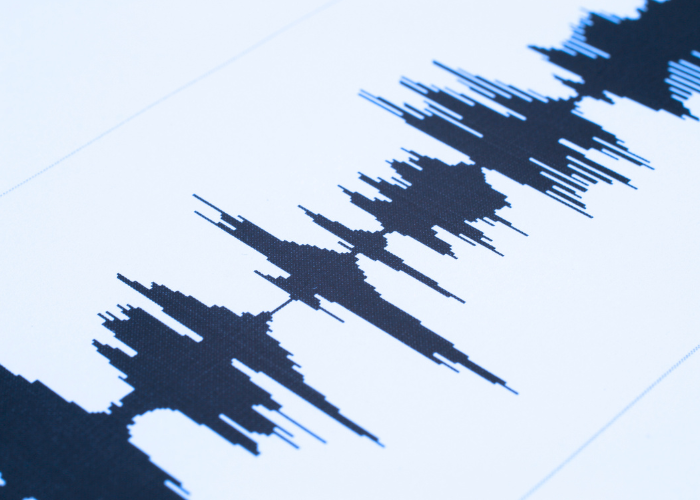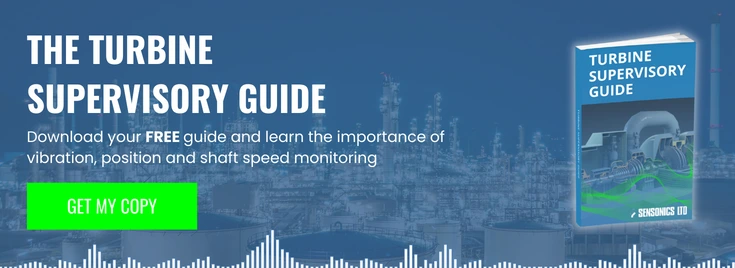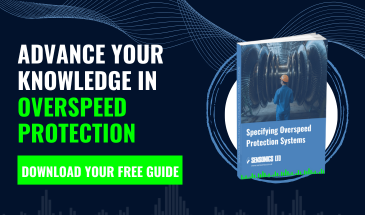What Is A Seismic Transducer?
The monitoring of ground vibrations is vital to ensure that the integrity of critical infrastructure is always maintained. Each year in the UK, between 200 and 300 minor earthquakes occur, nearly all of which are located deep underground and levels of which can only be accurately measured with specialist equipment.
The vibrations, however, are often strong enough to cause damage or disruption to sensitive equipment. Failure to actively monitor ground vibrations, therefore, risks potentially catastrophic damage to infrastructure. In this article, we will explain how seismic transducers can offer important protection to sensitive plants and machinery.
What Are Seismic Transducers?
Seismic transducers measure vibrations in the ground and consist of several important components: the seismic mass, the displacement transducer, and the spring mass damper element.
In a typical system setup, the seismic mass is suspended through a spring from the accelerometer housing. Between the seismic mass and the accelerometer housing, a damper is connected, and the seismic mass is connected to the displacement transducer, which converts vibrations or motion into a variable electrical current.
Seismic transducers work in two different modes: displacement and acceleration. Which mode is most suitable depends on several factors, including the mass, spring, and damper combination. In displacement mode, the large mass and soft spring are used; the small mass and stiff spring are used in acceleration mode.
Types Of Seismic Transducers
There are two types of devices for seismic transducer vibration measurement:
- Vibrometer: Used for measuring the displacement of the body, the vibrometer also measures high frequency. The frequency range is dependent on the natural frequency and the damping system.
- Accelerometer: This device measures the acceleration of the body to demonstrate the force acting on the object.
The Sensonics Range Of Seismometers
At Sensonics, we manufacture the following types of seismometers:
SP4 Seismometer
A high-output, low-frequency piezo-electric device is used in a triaxial format in the SA-3 seismic switch and ASM-3 analogue seismometer. These devices detect and protect critical industrial and defence sites, such as nuclear and gas installations, where process failure under a seismic event would be catastrophic.
Willmore Adjustable-Period Seismometer MKIIIA
A velocity sensing device suited for field or observatory use, the Willmore Adjustable-period Seismometer MKIIIA features a permanent magnet mass suspended on ligament springs, giving frictionless axial movement but restraining it from movements in other planes. This device is predominantly used in the Eastern European Mining Industry, which features some of the largest deep copper and silver ore mines on Earth.
High-Sensitivity Triaxial Accelerometers
It is possible to use some high sensitivity triaxial accelerometers, such as the PZXY, for structural vibration measurements caused by pile driving, heavy presses, and other similar applications.
Find Out More
At Sensonics, we supply a range of seismic protection and recording equipment for the vibration monitoring of critical infrastructure, and we are the UK’s leading supplier of seismic monitoring systems to the nuclear industry.
To find out more about Sensonic’s range of seismic transducers, please read our free Seismic Monitoring Systems Guide or call our team on 01442 876833.
Image source: Canva



